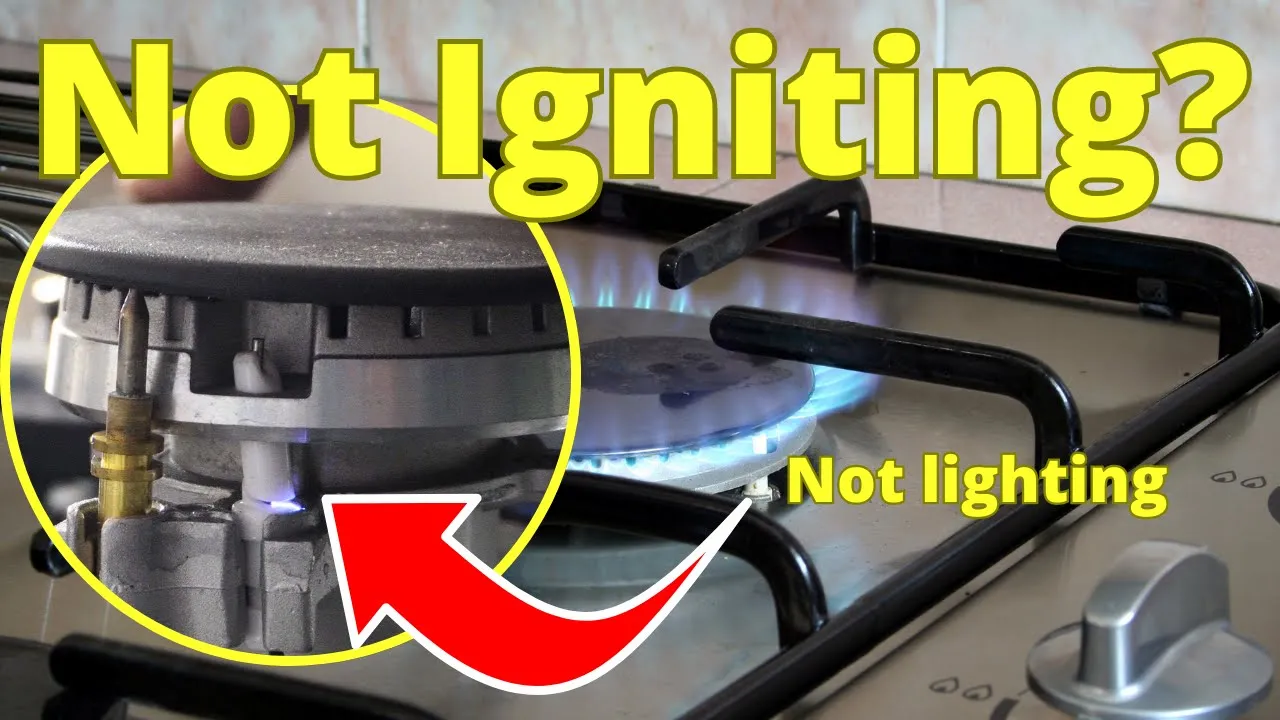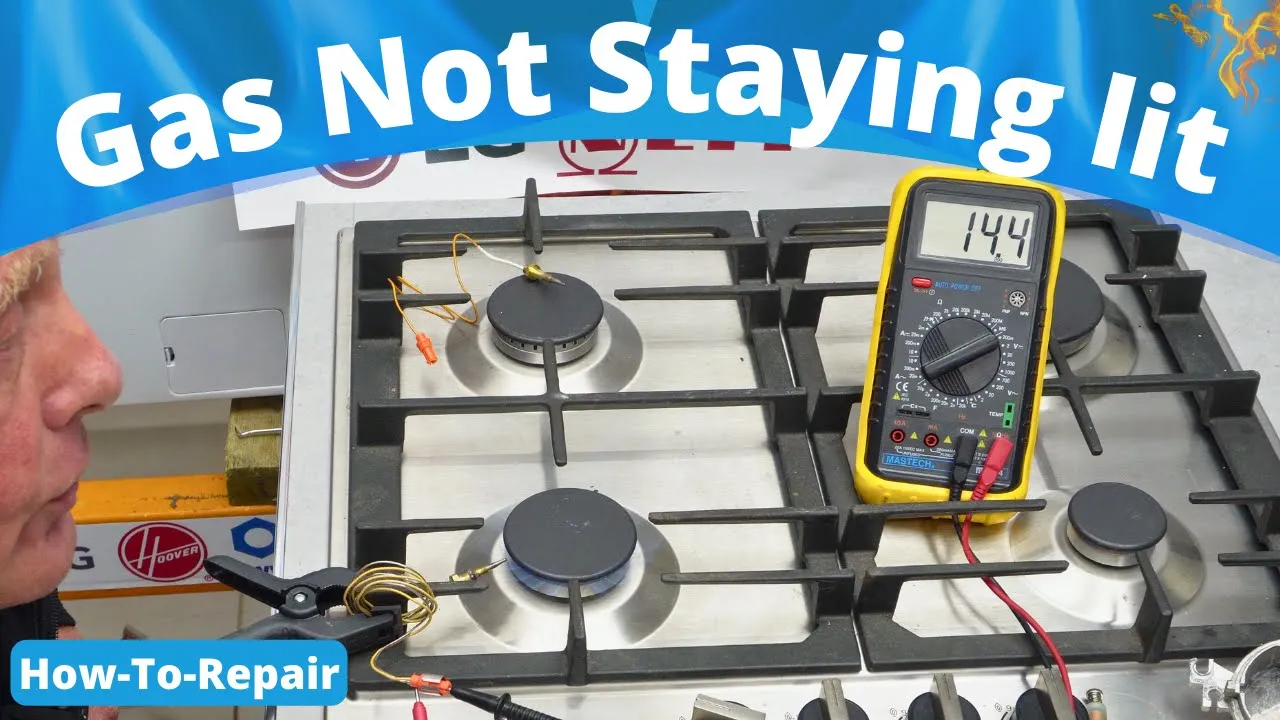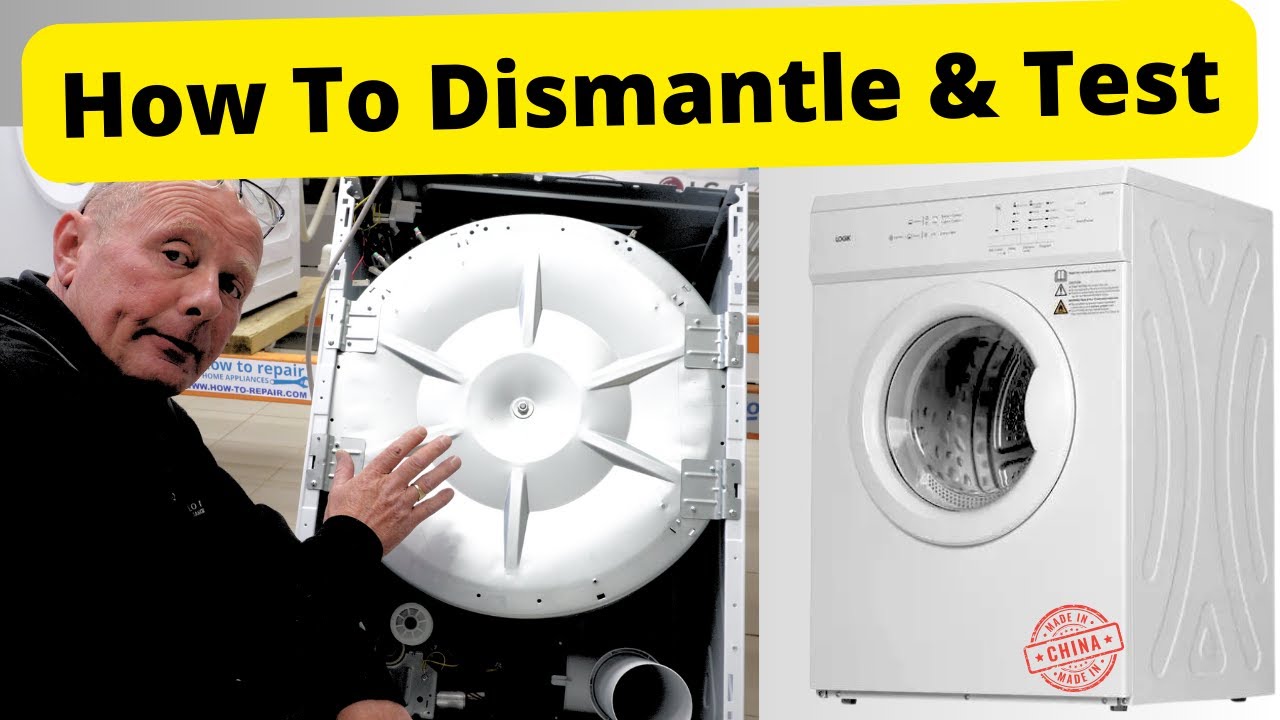Intermittent Draining Problem? Washing Machine Emptying Issue SOLVED!
Intermittent Draining Repair Guide: How to Fix a Machine Not Draining?
If your washing machine is not emptying or draining, or if you find water still in the drum at the end of the cycle, you might be dealing with one of three common problems.
In this guide, we will help you identify and fix these 3 most common issues behind an intermittent washing machine drain problem, so we would recommend you watch the whole video to learn how to fix the following issues in detail:
- Hidden Blockage in the Filter: We will show you how to locate and clean the filter around the impeller, a magnet for sneaky debris that can cause sporadic draining issues.
- Pump Motor on the Fritz: You will learn how to identify signs of a failing pump motor and troubleshoot potential solutions (or replacement options) to get your water flowing freely again.
- Crafty Clogs in the Waste Pipe or Drainage Fittings: We will guide you through inspecting and clearing any sneaky blockages in the waste pipe or drainage fittings that might be causing your intermittent draining woes.
Additionally, you can visit our web store to buy genuine spare parts: https://shop.how-to-repair.com/collections/washing-machine-parts
Safety First!
- Unplug your washing machine before starting work.
- Organize screws and parts meticulously to avoid confusion during reassembly.
First of All Check the Filter
The most frequently occurring issue is with the filter. Everyone knows how to empty a filter, but it's not always as simple as it seems. Upon opening the filter, you might find coins and other debris. However, hidden away is the impeller, which can often be the root cause of the problem.
You need to inspect the back of the impeller for any stray elastic bands or pieces of clothing. Also, please ensure that the impeller turns freely. You'll typically feel notching on AC pumps, while DC pumps rotate smoothly.
Next Step Is Inspecting the Sump Hose & Pump Issues
The pump connects to the drum via the sump hose, which can sometimes get blocked by small clothing items or other debris. You can check out our YouTube channel to learn how to dismantle your washing machine, as we have plenty of videos to guide you through that process.
In addition, the pump itself can also cause intermittent problems. For instance, our video is based on a real-life example where a customer’s machine worked perfectly after initial cleaning, but the next day they reported the machine was not draining.
To understand these issues, it's important to know how the pump works. You have an armature inside and field windings, which can only be tested with a multimeter. Both AC and DC pumps can be tested with the correct power supply.
Disassembling the Pump & Checking the Armature
You can separate the actual armature and the impeller from the motor housing and windings. To able to do that, use a small screwdriver or a set of pliers to remove the impeller and armature away from the motor housing. Inside the pump, you'll usually find some debris or calcification, which is normal over a long period of time. Therefore, it's worth cleaning all of this if you decide to dismantle the pump.
The armature is connected to the actual impeller. On an AC motor, the armature doesn't move until it gets to about half a rotation, then it locks and turns altogether, creating a cushion effect when the pump starts under load. But sometimes, the plastic can break, causing problems.
Let's say you have a problematic customer pump. Although the pump seems to be rotating normally when powered on, the actual fault can be found inside the pump. The armature and impeller can either be detached from the housing via screws or plastic clips.
After removing the armature, you'll notice that it's attached to the impeller and rotates with it. However, under load, the impeller might stop rotating due to damage, leading to the machine not draining properly.
Inspecting the Waste Hose & Checking the Plumbing
The waste hose is another component that can cause problems with your washing machine not draining properly. This hose is made of a corrugated plastic material, which can attract dirt and build up inside, restricting the flow of water. In some instances, you may even find items such as coins lodged inside.
We advise you to detach this hose and give it a thorough cleaning. If your washing machine is connected to a sink unit, you may also find that the sink fitting can get clogged, especially if fatty water is regularly poured down the sink. As the fat cools and solidifies, it can build up on the pipes and restrict the water flow.
On the other hand, in some cases, the issue may not lie with the washing machine itself, but with the plumbing. Washing machines should be properly connected using standpipes. If you suspect that your washing machine is not draining correctly, you could try placing the waste hose into a bucket and running a rinse cycle to see if it empties properly.
We have plenty of videos available to assist you in dismantling your machine and gaining access to the pump, regardless of the make and model of your machine, on our YouTube channel.
If, after all these steps, your machine is still not draining properly, you might need to replace the pump. When identifying the correct pump for your machine, remember to use your full model number.
Related Video: https://youtu.be/Q8ZJiUyR3ss?si=FcgprL6BXD7Uf7bo
Complete Playlist on Washing Machine Repairs: https://www.youtube.com/playlist?list=PLnAHZbSarsyHLR4x9XPIS-ZEsheufxm9Y

1. Intermittent Draining Problem? Washing Machine Emptying Issue

2. Washing Machine Filter Checking

3. Disassembling the Pump & Checking the Armature

4. Inspecting the Waste Hose
-
Is Your Washing Machine Tripping Electricity? Fix Intermittent Electrical Problems Now!
-
Indesit & Hotpoint Washing Machine F05 Fault (F05 or F11 Not Draining Error)
-
F18 F03 Bosch Washing machine not draining or emptying. Neff, Siemens, Balay, Constructa
-
Not emptying in allocated time Error code E05 Beko washing machine
-
Samsung washing machine 5E or 2E error code Fault.Pump fault not emptying






















